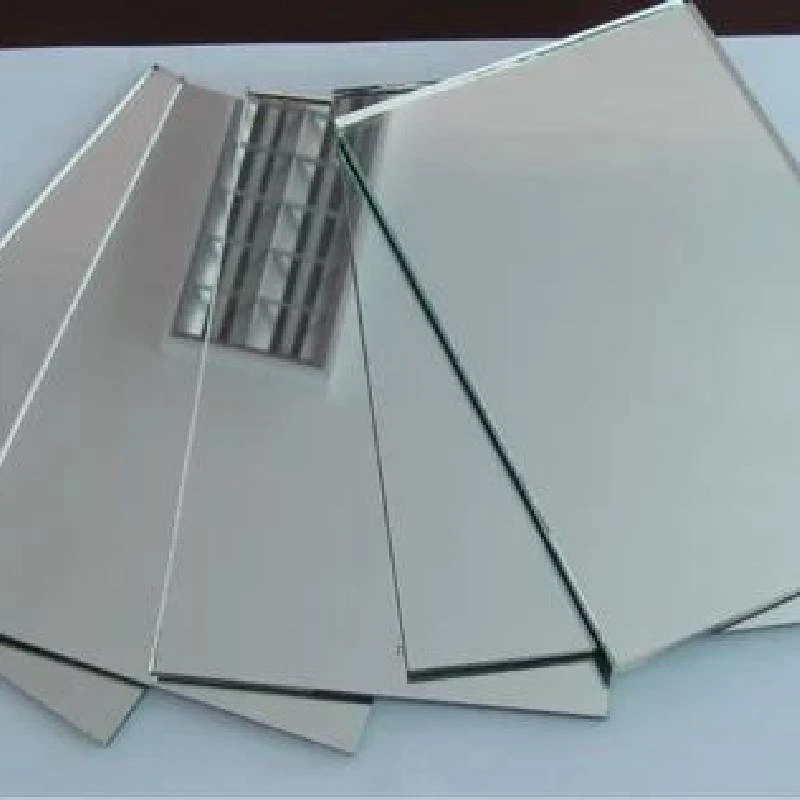

The Allure of Blue Reflective Glass A Modern Design Element
In recent years, architectural and interior design trends have increasingly incorporated innovative materials that not only serve functional purposes but also contribute to aesthetic appeal. One such material that has gained popularity is blue reflective glass. This unique material blends beauty, versatility, and practicality, making it an ideal choice for various applications in both residential and commercial settings. This article delves into the fascinating characteristics, uses, and advantages of blue reflective glass, highlighting its significance in modern design.
Understanding Blue Reflective Glass
Blue reflective glass is essentially standard glass that has been treated with a special coating to enhance its reflective properties while imparting a striking blue hue. The reflective properties of the glass serve to reduce glare and enhance privacy, while its tint can evoke feelings of calmness and sophistication. The depth of blue can vary, from a soft, gentle hue that mimics the sky to a more vibrant, deep blue that commands attention. This range of colors allows designers to select the perfect shade to complement their vision or architectural style.
Applications in Architecture
The use of blue reflective glass in architecture has transformed the way buildings are designed and perceived. In commercial spaces, blue reflective glass is frequently used in facades, as its reflective quality can create a stunning visual effect, particularly during sunrise or sunset. This type of glass can help buildings blend into the environment by reflecting the surrounding landscape, thereby enhancing their aesthetic appeal. Additionally, blue reflective glass is often employed in skyscrapers and office buildings. It not only provides a modern look but also helps in regulating indoor temperatures by minimizing heat from direct sunlight.
In residential applications, blue reflective glass is a popular choice for windows and sliding doors, creating a seamless transition between indoor and outdoor spaces. It allows natural light to filter through while offering ample privacy, making it ideal for properties situated in densely populated areas. The calming blue tint can also create a soothing ambiance within homes, transforming the living experience.
Interior Design Versatility

Beyond architecture, blue reflective glass has made a significant impact in interior design. It can be incorporated into various elements, from decorative partitions and tabletops to mirrors and cabinetry. Its reflective quality can create an illusion of space, making smaller rooms appear larger and more open. When paired with complementary color palettes, blue reflective glass can become a striking focal point in a room.
Moreover, the glass's ability to reflect light can enhance the overall brightness of a space, reducing the need for excessive artificial lighting. This quality not only contributes to energy efficiency but also creates a more inviting atmosphere. Designers often use blue reflective glass in conjunction with warm colors and natural materials to achieve a balanced and harmonious look.
Benefits of Blue Reflective Glass
The advantages of blue reflective glass extend beyond its aesthetic appeal. One of the key benefits is energy efficiency. The reflective coating helps to deflect a significant amount of solar heat, which can lead to lower cooling costs during hot summer months. This energy-saving aspect is increasingly important as sustainability becomes a major consideration in modern design practices.
Furthermore, blue reflective glass offers UV protection, shielding interiors from harmful solar rays that can fade furnishings and artworks. This protective feature enhances the longevity of interior spaces while also preserving their visual appeal.
Conclusion
In conclusion, blue reflective glass stands out as an exemplary material that embodies functionality and beauty in modern design. Its diverse applications in architecture and interior design reflect a growing trend towards innovative approaches that prioritize both environmental responsibility and aesthetic value. As more designers and architects embrace the versatility of blue reflective glass, it is set to remain a prominent feature in contemporary spaces, enhancing the visual landscape while promoting energy efficiency and well-being. Whether used in a sleek office building or a tranquil home, blue reflective glass is undoubtedly a noteworthy element of modern architectural and interior design.